408 parking spaces
Leifsgade
Copenhagen's largest automated parking system in the heart of one of the trendiest neighborhoods
The city of Copenhagen is a pioneer in making its city greener by creating additional outdoor leisure space and an environment with less cars on the city's streets. With these in mind, the city of Copenhagen chose to implement three automated parking systems within a year after a robust public tender process.
Westfalia's Solution:
The Leifsgade parking garage in Copenhagen's trendy Islands Brygge district is built like two individual systems connecting box 1 and 2 as well as box 3 and 4 making it faster and more convenient to use. The surface has been cleverly converted into a playground for children from the surrounding area.
Once having parked the vehicle in one of the four transfer cabins and having answered the questions on the display system, the vehicle is moved on a lift to be handed over to a transfer car delivering the vehicle to its allocated storage position. Upon request the transfer car retrieves the vehicle and delivers it to the lift that transports the vehicle back to the transfer cabin.The system is operated by Westfalia´s Savanna.NET® software. The Leifsgade parking garage is equipped with an algorithm counter which documents the frequency of vehicle use. Based on this evaluation, the most used vehicles are placed near the elevators to reduce waiting times for the user to a minimum.
About the Customer:
In various respects, Copenhagen is a role model for many of the world’s large cities when it comes to sustainable development. The Danish capital is the world´s first carbon neutral capital.

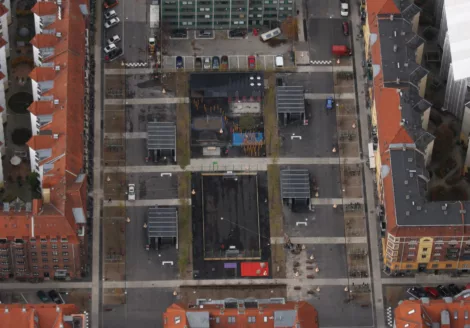
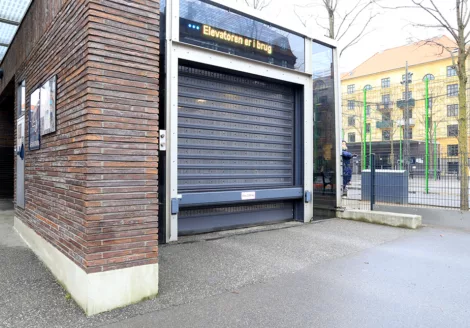
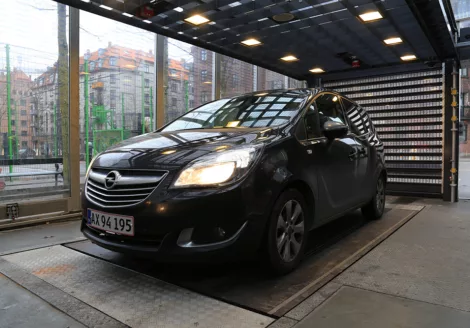
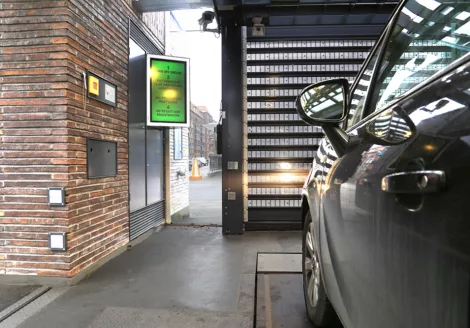
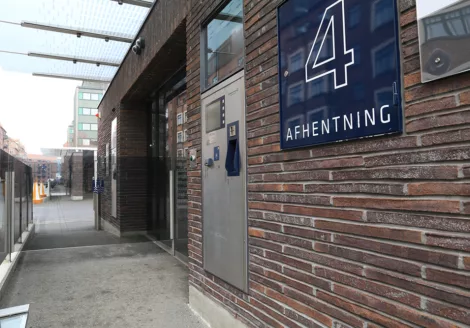
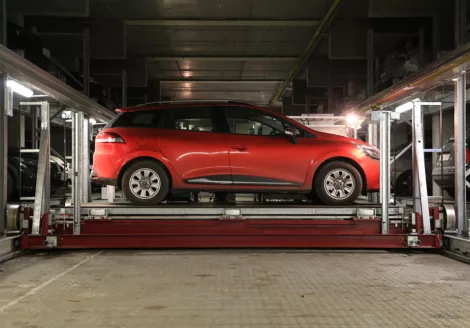
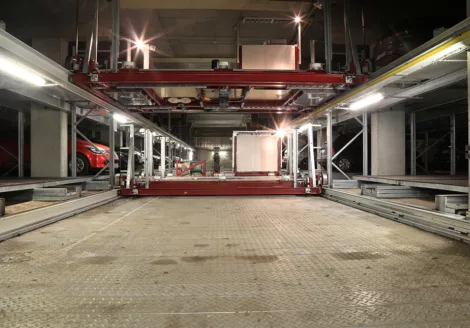
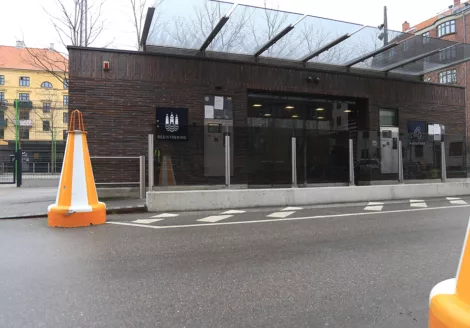
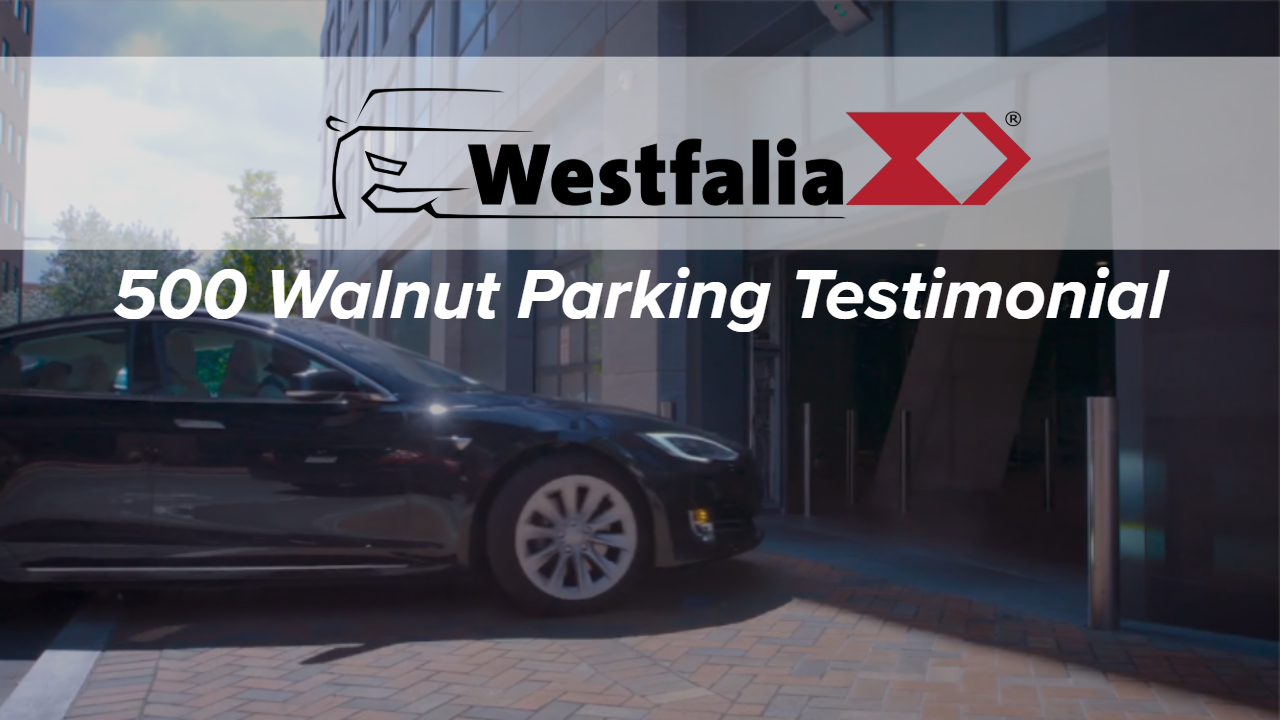
.png)